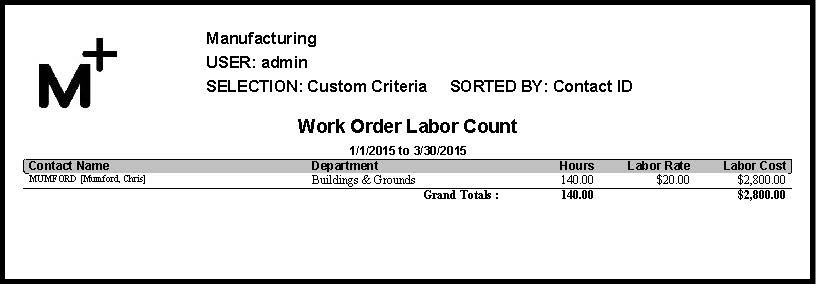ABCs of Advanced Maintenance: Schedule Compliance Ratio
In our last installment, we looked at the first key metric you should calculate when evaluating your maintenance operations: Maintenance management Cost as a Percent of RAV (Replacement Asset Value). In broad terms, this metric indicates whether you’re spending too much on maintenance.
So let’s suppose you’ve used your maintenance management software to perform this calculation for your company, and discovered that your maintenance management cost is high (or you’re in the benchmark best practice range, but want to become world class). Now what?
It’s time to drill down into different facets of your maintenance operations to zero-in on problem areas. And once again, the data you’re tracking in your maintenance management software will prove invaluable.
Since labor typically tops the list of expenses for any company, it makes sense to look there first if you find that your maintenance management costs are too high. The key question is, are you getting the maximum amount for every dollar you’re spending on labor?
Answering this question is straightforward–all you need to do is calculate your Schedule Compliance Ratio using data from your maintenance management software. First you’ll need to find the total number of labor hours that have been allocated on all of your work orders over a given period. In ManagerPlus, all you need to do is go to the Reports Module and select the “Work Order Labor Count” report under the Work Orders section.
In the above example, I have filtered the results to show only the hour totals for one laborer (yours truly), but your report will likely contain multiple workers. As we can see, Chris Mumford has had a total of 140 hours allocated to work order tasks and services. In other words, of the time that Chris Mumford was available for work, 140 hours were accounted for on work orders.
Next, in order to reduce the maintenance management cost, we need to find out how many hours Chris Mumford was actually available to perform maintenance over the same period. To get this information, we’ll need to obtain time clock data from HR/Accounting. Let’s just say, for the purpose of this example, that Chris Mumford clocked a total of 320 hours over this period. For full-time employees, this will generally be much easier to figure out, and all that will need to be accounted for are sick days/vacation time, etc.
To calculate the Schedule compliance ratio for Chris Mumford, all we need to do is divide the total hours that appear on the “Work Order Labor Count,” by the total clocked hours we received from HR/Accounting.
In this example, we find that: 140 hours/320 hours = 43.8%.
So, is this good or bad? According to “Maintenance and Reliability Best Practices,” this would fall in the best practice benchmark range of 30-50%–not bad overall. However, world class elite companies maintain a schedule compliance ratio of over 90%, so there would still be plenty of room to improve in this example.
In the most straightforward terms, this calculation is a good indicator of how much tangible work a company is getting out of its labor force. A company with a Schedule Compliance Ratio of 20% is only doing half the work of a company that maintains a 40% ratio, preventive maintenance feature of a maintenance management software help you with it.
The goal should be to get this ratio as close to 100% as possible. The companies that come closest to allocating all of their billed hours to work orders also tend to report the highest rates of up time and equipment utilization.
So, this is how a maintenance management system can help you decrease your maintenance management cost.
Now If you want to learn more about how a CMMS software can help in minimizing cost so we have another post on ways to minimizing IT outage costs with CMMS software, check that as well.
Now it’s your turn! Run the numbers for your company and see how you compare with the world’s elite. And if you don’t have a maintenance management software system in place yet, be sure to do so ASAP so that you’re not missing out on this vital data.


